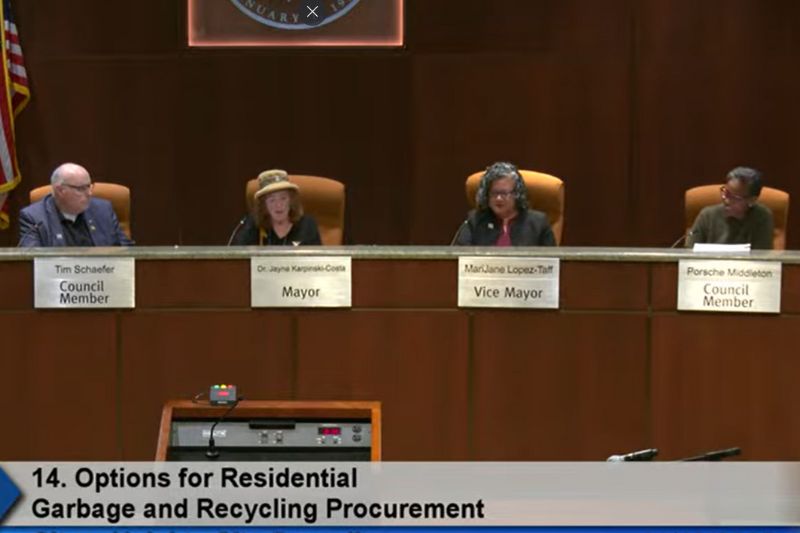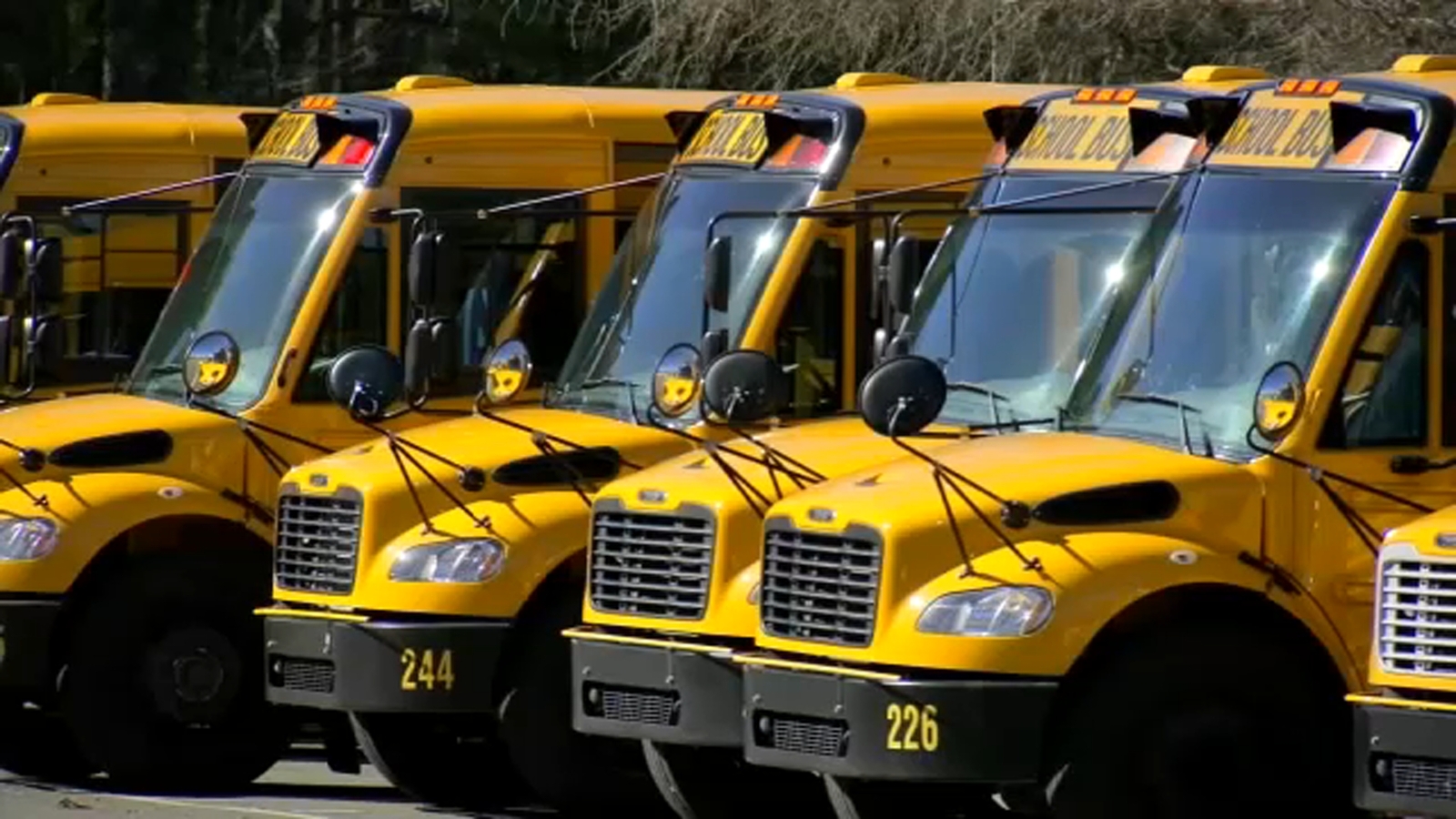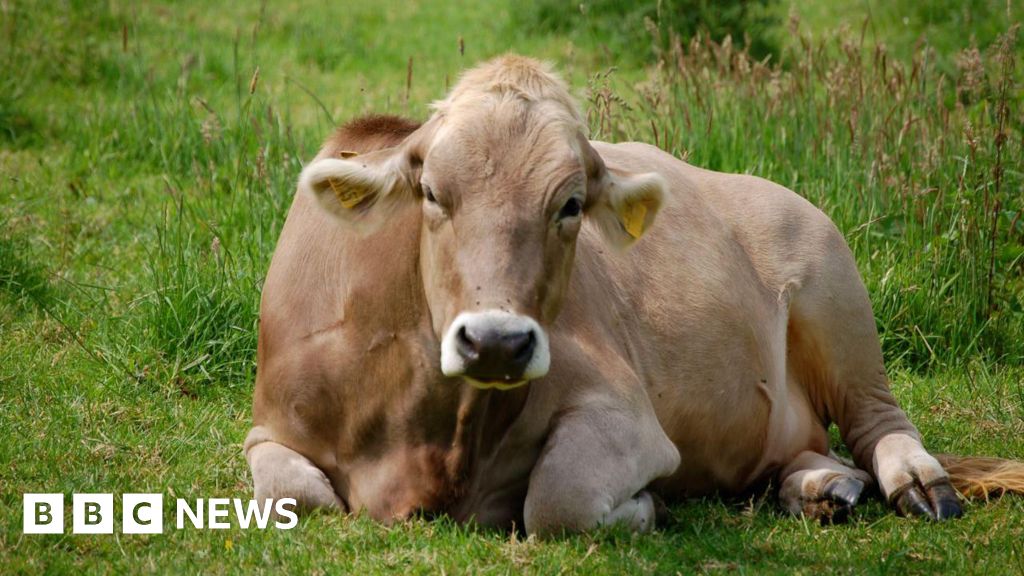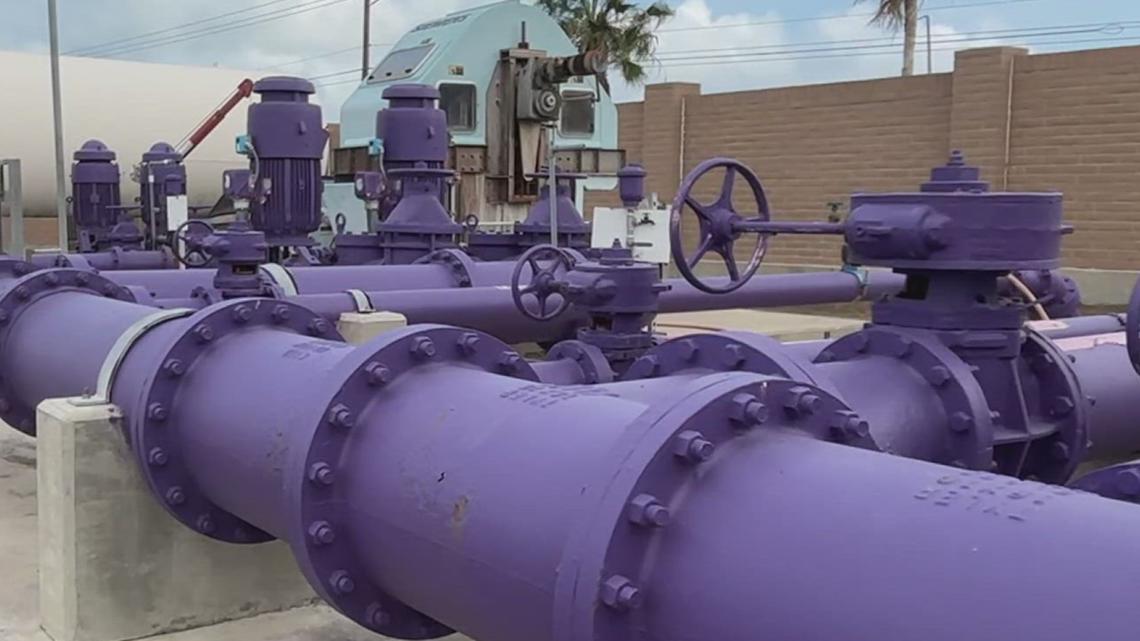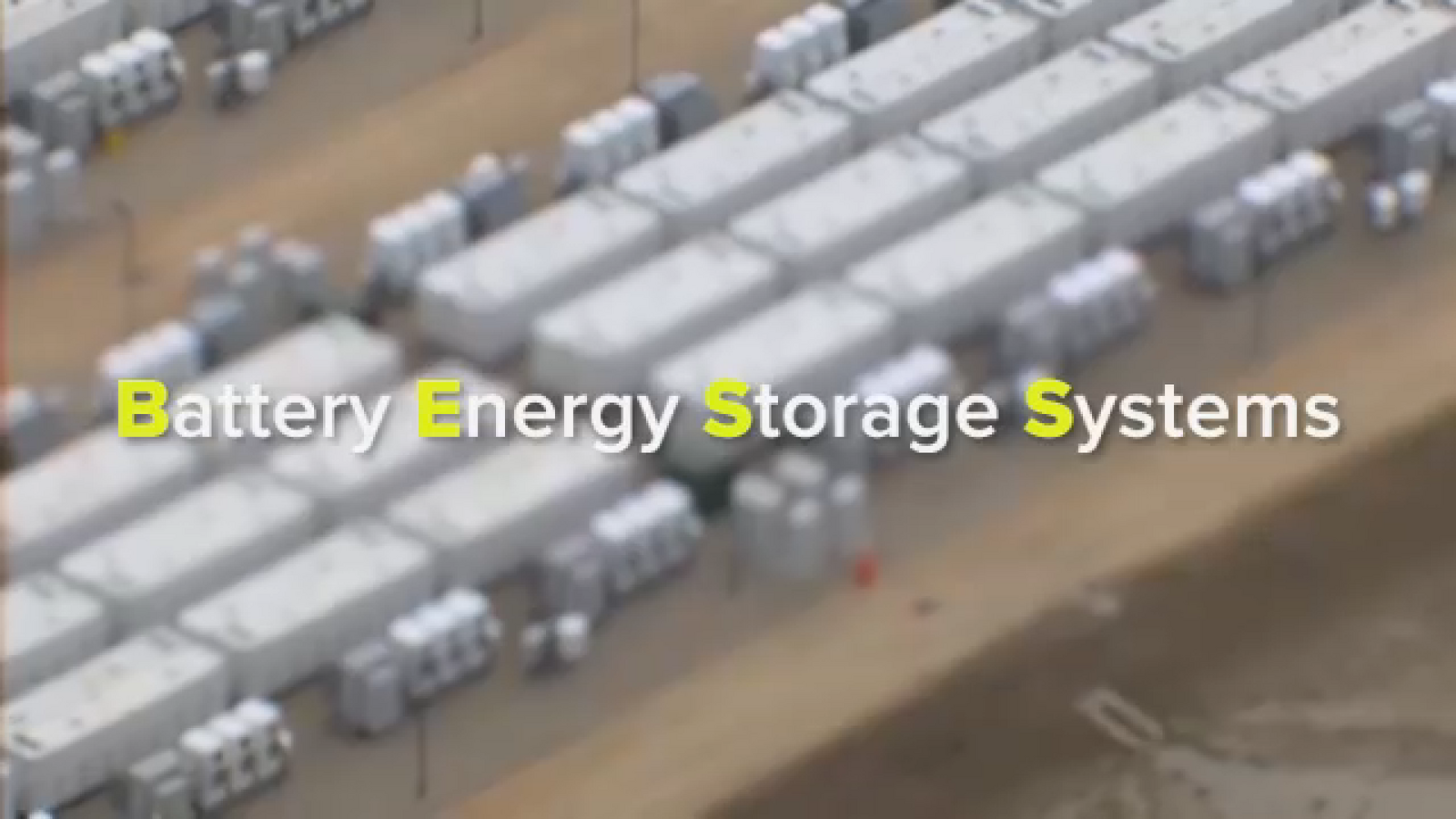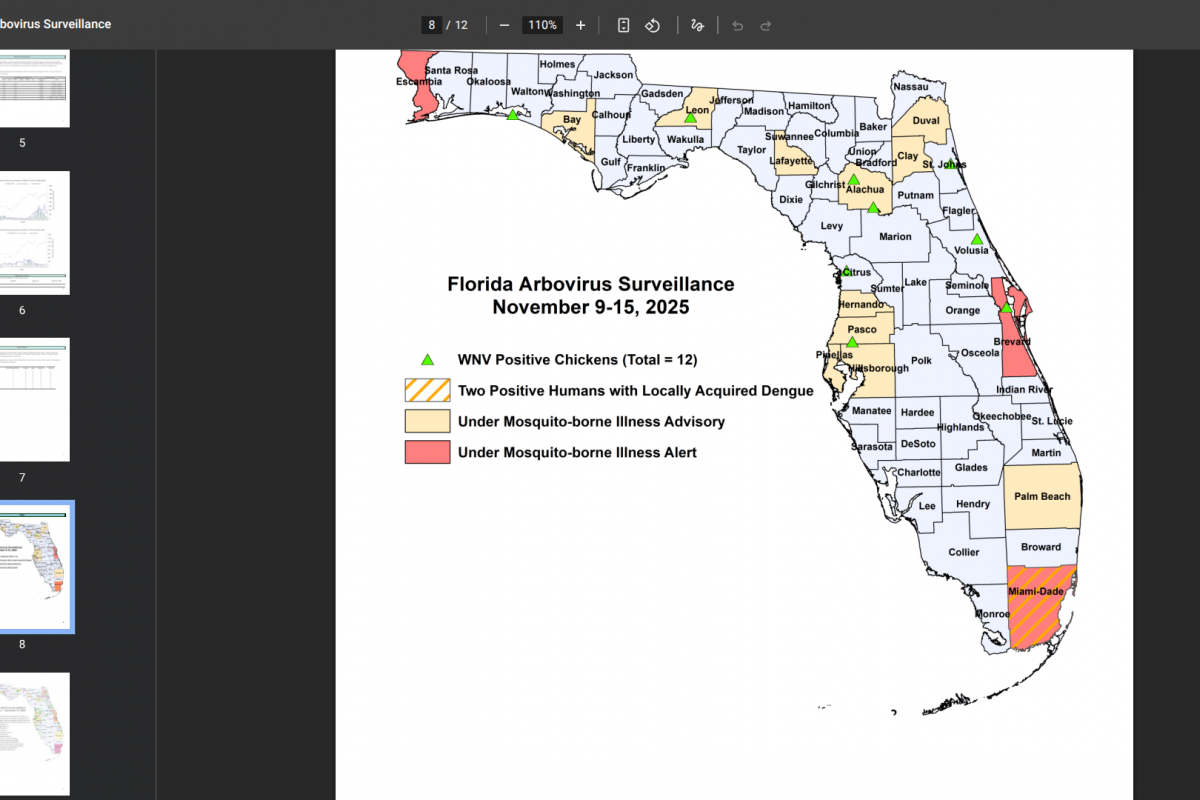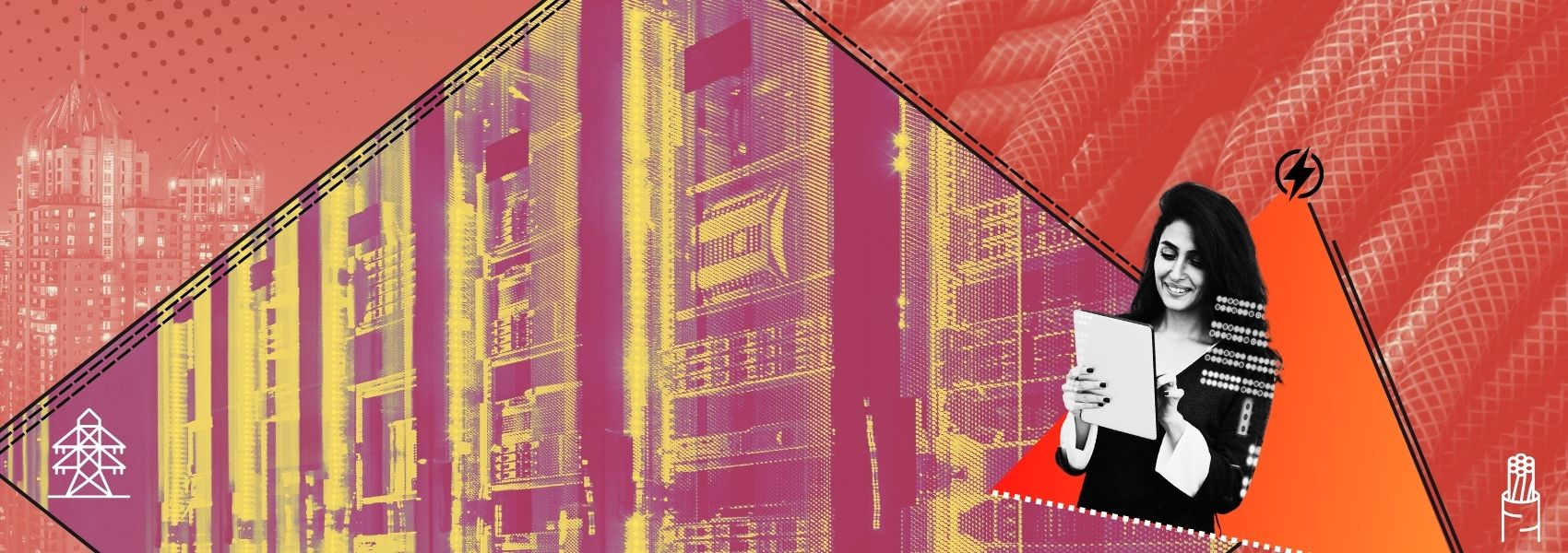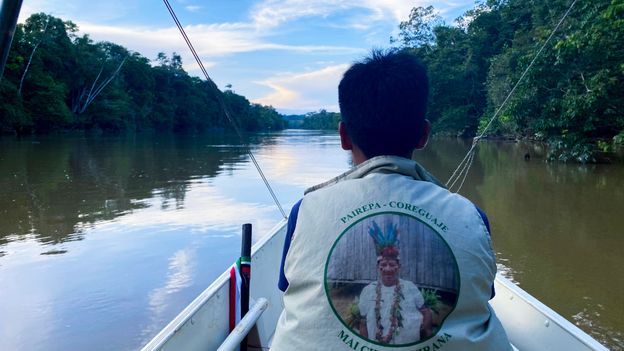Ousted Nepal gov’t cleared easier path for controversial cable cars, documents show – Mongabay

Report on Commercial Cable Car Projects in Nepal and Implications for Sustainable Development Goals
1.0 Executive Summary
A recent decision by the former government of Nepal to grant “national priority status” to six commercial cable car projects poses a significant threat to the nation’s progress towards achieving the Sustainable Development Goals (SDGs). This action, undertaken without adequate legal or environmental oversight, directly undermines SDG 15 (Life on Land), SDG 16 (Peace, Justice and Strong Institutions), and SDG 10 (Reduced Inequalities) by facilitating environmental degradation in protected areas, subverting the rule of law, and marginalizing Indigenous communities.
2.0 Background of the Decision
The outgoing KP Sharma Oli administration designated six commercial cable car projects as national priorities. This decision streamlines the process for forest clearance and land acquisition, including within ecologically sensitive and protected zones. The notification was officially published after an interim government had taken office, creating ambiguity regarding accountability.
3.0 Contradiction with SDG 16: Peace, Justice and Strong Institutions
The government’s action demonstrates a failure to uphold principles of accountable and transparent governance as outlined in SDG 16. Key issues include:
- Disregard for Judicial Process: The decision was made despite pending Supreme Court cases related to the projects and a prior Constitutional Bench ruling that annulled legal amendments allowing such infrastructure in protected areas. This contravenes SDG Target 16.6 on developing effective, accountable, and transparent institutions.
- Lack of Inclusive Decision-Making: Local governments and communities, including Indigenous groups, were not adequately consulted, violating the principles of responsive and inclusive participation central to SDG Target 16.7.
- Evasion of Accountability: Legal experts contend the new status provides a shield for developers, allowing them to bypass environmental and community obligations, further weakening institutional integrity.
4.0 Threats to SDG 15: Life on Land
The projects jeopardize Nepal’s significant conservation achievements and directly conflict with the objectives of SDG 15.
4.1 Impact on Protected Areas and Biodiversity
Nepal’s protected area network, covering diverse ecosystems from the Terai Arc to the high Himalayas, is now at risk. The Annapurna Sikles cable car project, for example, is located within the Annapurna Conservation Area, a globally recognized biodiversity hotspot.
- Habitat Degradation: The projects threaten core habitats for endemic and globally threatened species, including the spiny babbler, white-rumped vulture, and red-headed vulture, undermining SDG Target 15.5 (halt biodiversity loss).
- Deforestation: The Annapurna project alone is slated to remove over 3,800 trees, contributing to deforestation and contradicting SDG Target 15.2 (promote sustainable management of all types of forests, halt deforestation).
- Flawed Environmental Assessments: Critics highlight that the Environmental Impact Assessments (EIAs) are deficient, failing to account for the cumulative impact on ecosystems, which is essential for fulfilling SDG Target 15.1 (ensure the conservation, restoration and sustainable use of terrestrial and inland freshwater ecosystems).
5.0 Violation of SDG 10: Reduced Inequalities
The development model pursued through these projects risks exacerbating social and economic disparities, in opposition to the goals of SDG 10.
5.1 Marginalization of Indigenous and Local Communities
- Lack of Consultation: Indigenous groups, such as the Yakthung (Limbu) people in Pathibhara, and local communities in the Annapurna region have not been properly consulted, denying them a voice in decisions that affect their lands and livelihoods (contrary to SDG Target 10.2).
- Uncertain Benefits: There is no clear framework ensuring that economic benefits from increased tourism will be shared equitably with local and Indigenous populations.
- Cultural and Environmental Concerns: Communities have raised concerns regarding the management of waste and pollution from increased visitor numbers, as well as the development of spiritually significant sites, impacting cultural heritage and local well-being.
6.0 Conclusion and Recommendations
The decision to grant national priority status to these six cable car projects represents a significant regression in Nepal’s commitment to sustainable development. It prioritizes commercial interests over environmental protection, legal due process, and the rights of local communities. To realign with the principles of the Sustainable Development Goals, it is imperative that the interim government reverses this decision. This would reaffirm the nation’s commitment to protecting its natural heritage (SDG 15), upholding the rule of law (SDG 16), and ensuring inclusive and equitable development for all its citizens (SDG 10).
Analysis of SDGs, Targets, and Indicators
1. Which SDGs are addressed or connected to the issues highlighted in the article?
-
SDG 15: Life on Land
- The article’s central theme is the threat to terrestrial ecosystems. The decision to grant national priority status to cable car projects allows for “easier forest clearance and land acquisition in protected areas,” directly impacting life on land. The projects are planned in biodiversity hotspots like the Annapurna Conservation Area, which is “core habitat for a range of endemic and globally threatened bird species.” This directly connects to the goal of protecting, restoring, and promoting the sustainable use of terrestrial ecosystems.
-
SDG 16: Peace, Justice and Strong Institutions
- The article highlights significant failures in governance and the rule of law. The government’s decision is described as “illegal and contemptuous of court,” as it “bypassed pending Supreme Court cases.” The process lacked transparency, with the decision made “secretly” by an ousted administration. Furthermore, the lack of “proper environmental and community review” and consultation points to weak, non-inclusive institutions, which is a core concern of SDG 16.
-
SDG 11: Sustainable Cities and Communities
- The development of infrastructure like cable cars and resorts within protected areas threatens natural and cultural heritage. The article mentions the Annapurna Conservation Area, a site of natural heritage, and a hill of “deep spiritual and religious significance” for the Indigenous Yakthung (Limbu) people, a site of cultural heritage. Additionally, a local official raises concerns about the lack of “concrete plans for the management of waste and pollution that will be created,” which relates to making human settlements sustainable.
-
SDG 10: Reduced Inequalities
- The article points to the exclusion of specific groups from decision-making processes. It notes a “lack of consultation with local and Indigenous communities” and that developers “haven’t properly consulted the local people.” The resistance from the “Indigenous Yakthung (Limbu) people” and the uncertainty about how “Indigenous and local communities living near the project area will benefit” highlight the inequality in how the project’s impacts and benefits are distributed, affecting marginalized groups disproportionately.
2. What specific targets under those SDGs can be identified based on the article’s content?
-
SDG 15: Life on Land
- Target 15.1: Ensure the conservation, restoration and sustainable use of terrestrial and inland freshwater ecosystems and their services, in particular forests… and mountains. The projects threaten forests and mountain ecosystems within protected areas like the Annapurna Conservation Area.
- Target 15.2: Promote the implementation of sustainable management of all types of forests, halt deforestation. The article states that for one project alone, “3,801 trees and poles will be cut down,” directly contradicting the goal of halting deforestation.
- Target 15.4: Ensure the conservation of mountain ecosystems, including their biodiversity. The Annapurna Sikles project is located in a mountain “biodiversity hotspot,” putting this target at risk.
- Target 15.5: Take urgent and significant action to reduce the degradation of natural habitats, halt the loss of biodiversity and… protect and prevent the extinction of threatened species. The article mentions that the project area is a habitat for “globally threatened bird species, including the… white-rumped vulture… and red-headed vulture.”
-
SDG 16: Peace, Justice and Strong Institutions
- Target 16.3: Promote the rule of law at the national… levels and ensure equal access to justice for all. The government’s action is described as “illegal” and in “contempt of court” for bypassing “pending Supreme Court cases” and prior rulings, undermining the rule of law.
- Target 16.6: Develop effective, accountable and transparent institutions at all levels. The decision was made “secretly” by an ousted administration, and the new government claims to be “unaware of the notification,” demonstrating a lack of accountability and transparency.
- Target 16.7: Ensure responsive, inclusive, participatory and representative decision-making at all levels. The article explicitly mentions a “lack of consultation with local and Indigenous communities” and that developers “haven’t properly consulted the local people,” showing a failure in participatory decision-making.
-
SDG 11: Sustainable Cities and Communities
- Target 11.4: Strengthen efforts to protect and safeguard the world’s cultural and natural heritage. The projects threaten the “Annapurna Conservation Area” (natural heritage) and a hill of “deep spiritual and religious significance” (cultural heritage).
-
SDG 10: Reduced Inequalities
- Target 10.2: Empower and promote the social, economic and political inclusion of all… irrespective of origin. The article details how “Indigenous and local communities” were not consulted, effectively excluding them from the political and decision-making process concerning their lands and livelihoods.
3. Are there any indicators mentioned or implied in the article that can be used to measure progress towards the identified targets?
-
SDG 15: Life on Land
- Implied Indicator 15.1.1 (Forest area as a proportion of total land area): The article mentions that “Around 46% of the country’s total land is covered by forests, up from around 29% in 1994.” The threat of “forest clearance” for the projects provides a direct measure of negative progress against this indicator.
- Implied Indicator 15.1.2 (Proportion of important sites for terrestrial… biodiversity that are covered by protected areas): The entire conflict is about building commercial infrastructure “inside protected zones” and “in protected areas” like the Annapurna Conservation Area, which directly measures the integrity and protection status of these sites.
- Implied Indicator 15.5.1 (Red List Index): The article names “globally threatened bird species” such as the “white-rumped vulture (Gyps bengalensis) and red-headed vulture (Sarcogyps calvus)” whose habitats are threatened. The status of these species can be used as a direct indicator of biodiversity loss.
-
SDG 16: Peace, Justice and Strong Institutions
- Implied Indicator 16.7.2 (Proportion of population who believe decision-making is inclusive and responsive): The article provides qualitative evidence for this indicator through statements from lawyers, conservationists, Indigenous groups, and local officials who condemn the decision and highlight the “lack of consultation with local and Indigenous communities.”
-
SDG 11: Sustainable Cities and Communities
- Implied Indicator 11.6.1 (Proportion of municipal solid waste collected and managed in controlled facilities): The concern raised by a local official about the lack of “concrete plans for the management of waste and pollution that will be created” by an influx of “more than 6,000 visitors” implies the need to measure waste management capabilities, which is what this indicator tracks.
4. Summary Table of SDGs, Targets, and Indicators
| SDGs | Targets | Indicators (Mentioned or Implied) |
|---|---|---|
| SDG 15: Life on Land |
|
|
| SDG 16: Peace, Justice and Strong Institutions |
|
|
| SDG 11: Sustainable Cities and Communities |
|
|
| SDG 10: Reduced Inequalities |
|
|
Source: news.mongabay.com
What is Your Reaction?
 Like
0
Like
0
 Dislike
0
Dislike
0
 Love
0
Love
0
 Funny
0
Funny
0
 Angry
0
Angry
0
 Sad
0
Sad
0
 Wow
0
Wow
0



